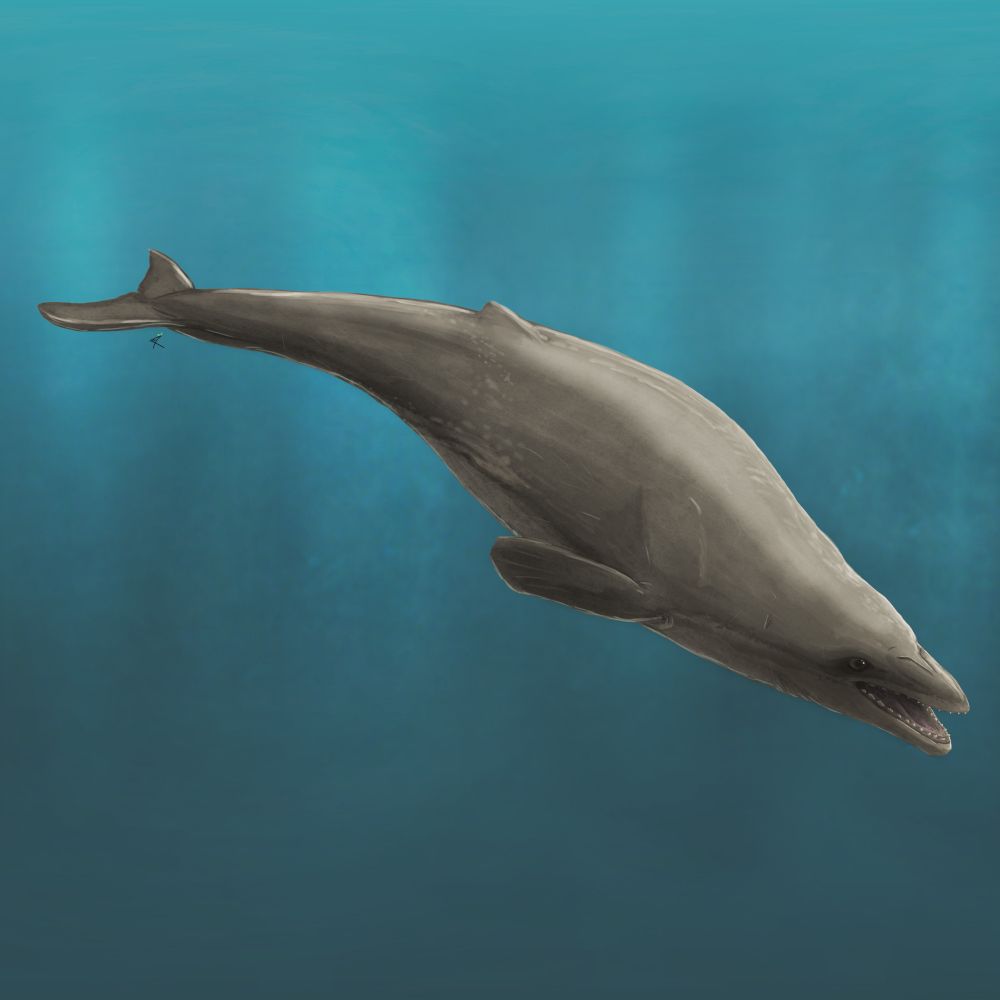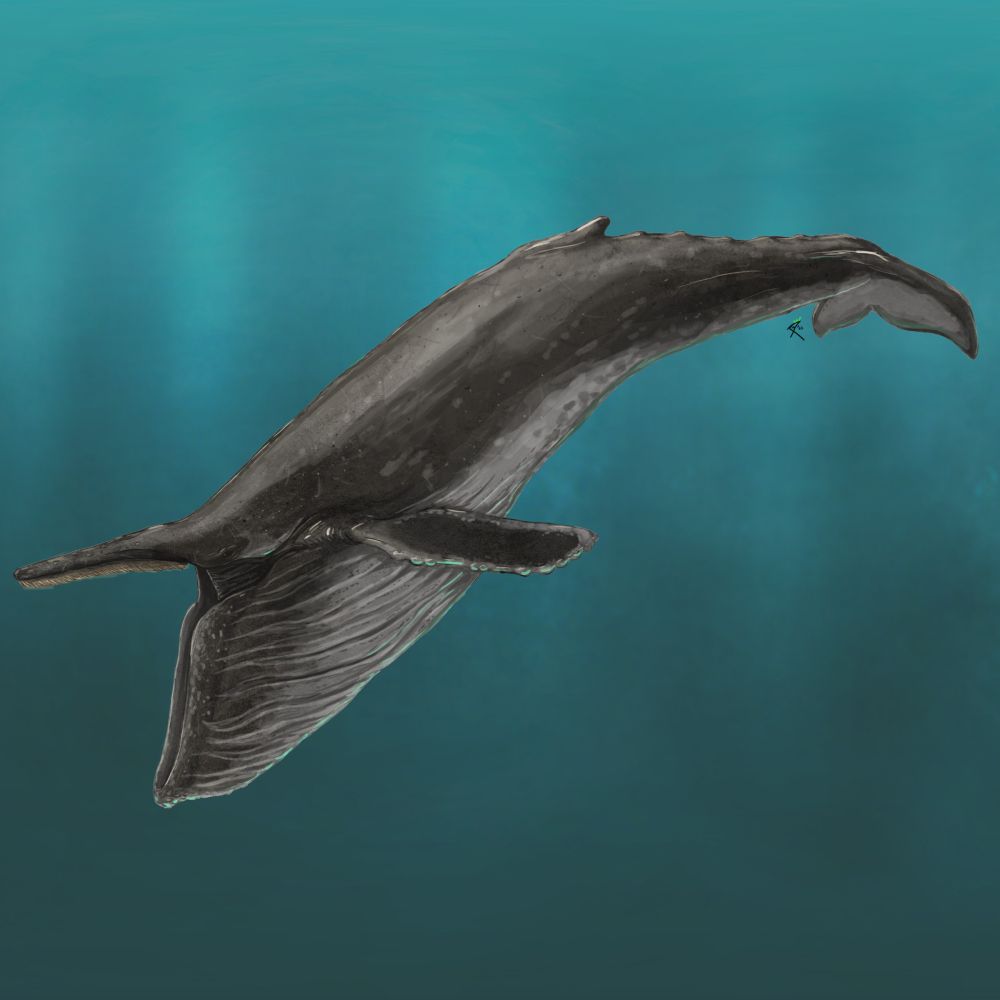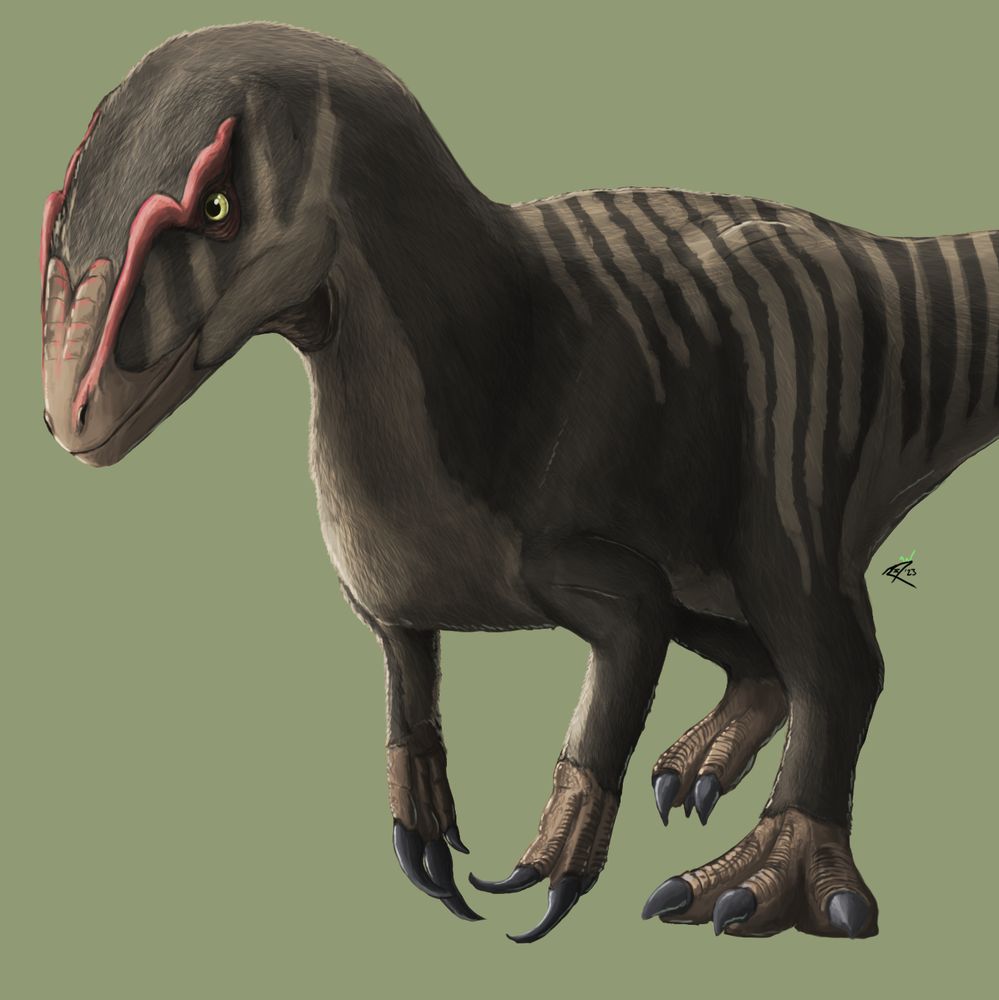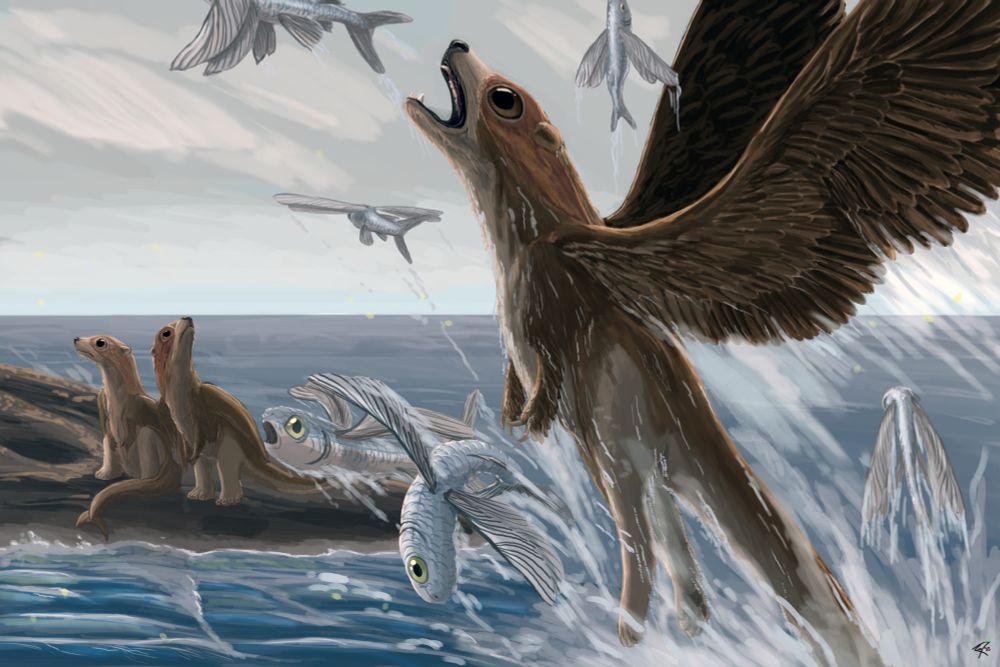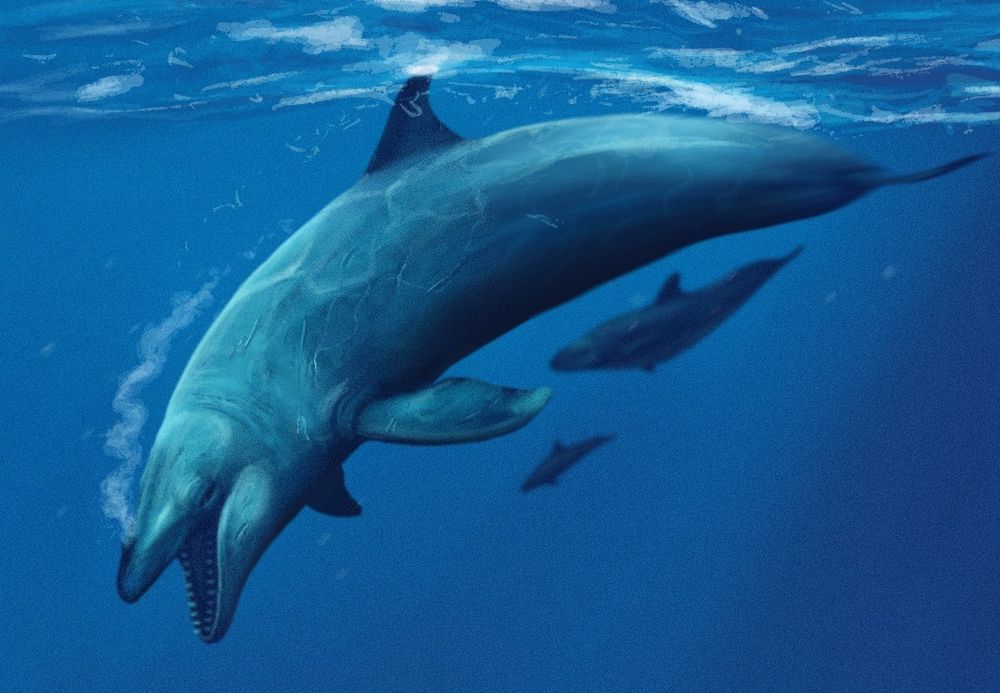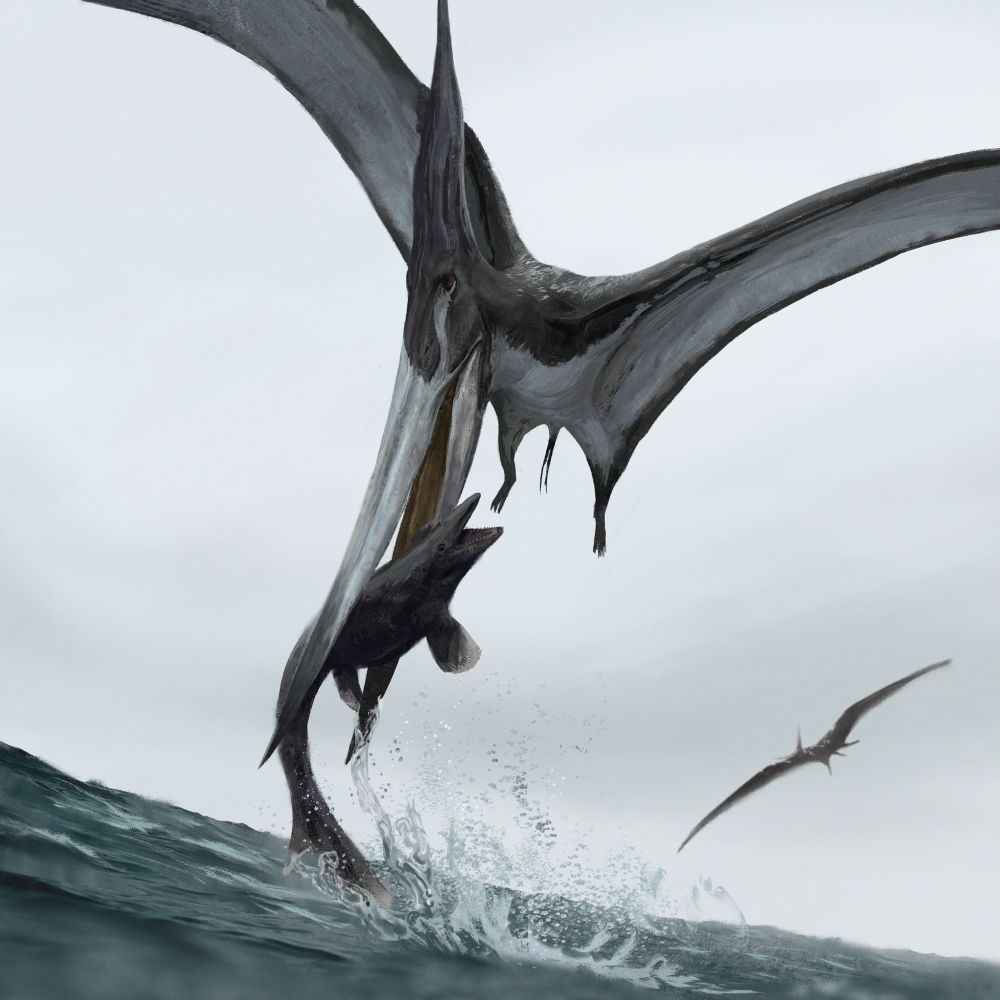
🖖🐋🏎️🦕
Okay at some things. (he/him)
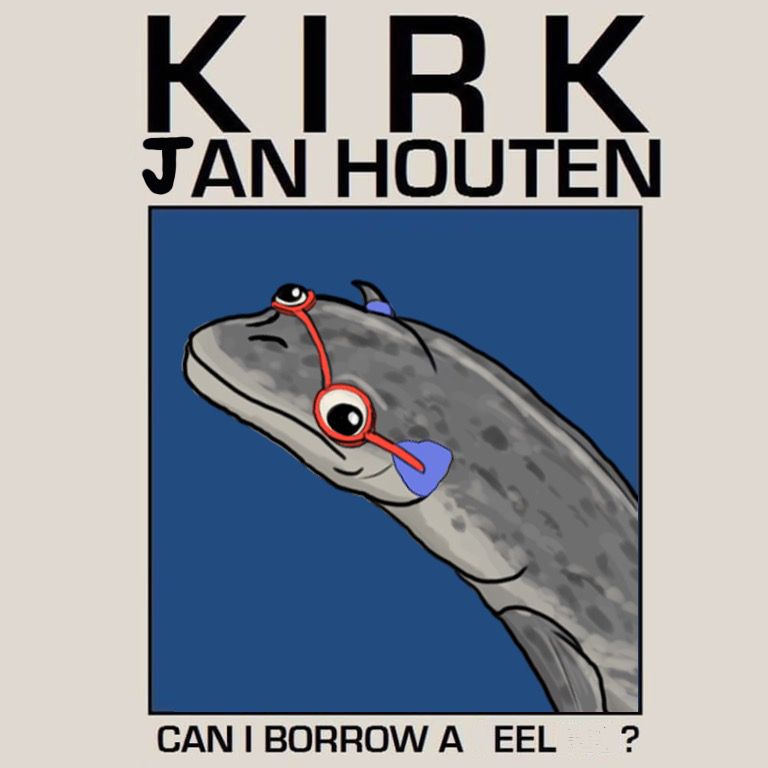
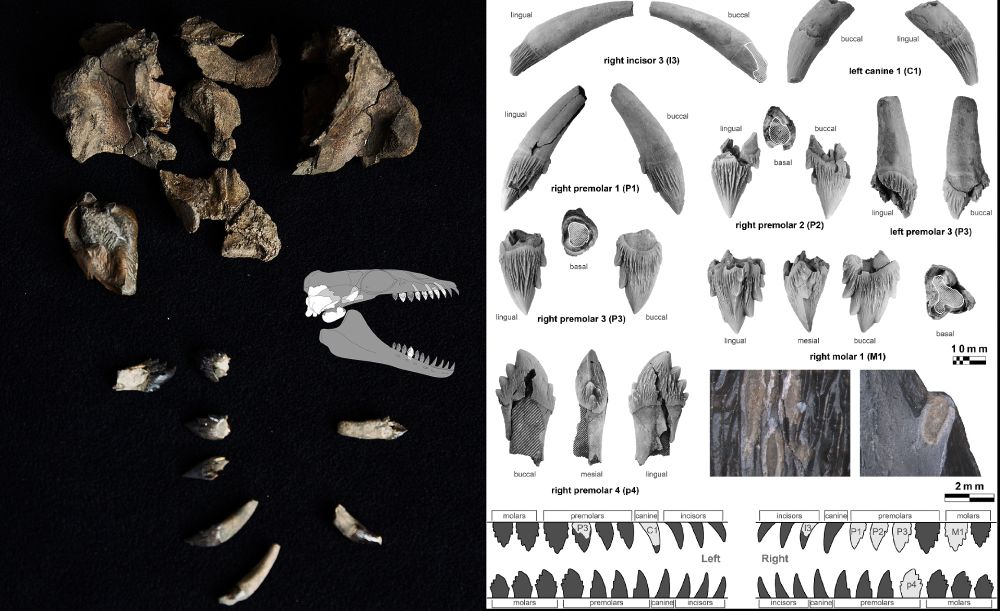

A new glimpse into theropod diversity from Early Cretaceous Australia: megaraptorids, an unenlagiine, and for the first time, carcharodontosaurians.
Read it here: tandfonline.com/doi/full/10....
Artwork by Jonathan Metzger.
1/10
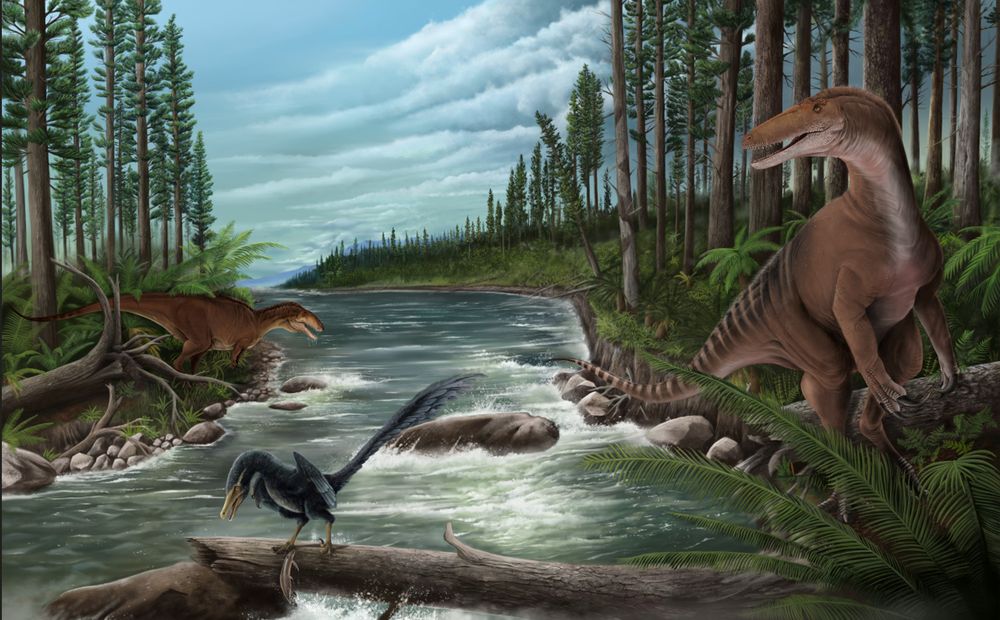
A new glimpse into theropod diversity from Early Cretaceous Australia: megaraptorids, an unenlagiine, and for the first time, carcharodontosaurians.
Read it here: tandfonline.com/doi/full/10....
Artwork by Jonathan Metzger.
1/10
www.tandfonline.com/doi/full/10....
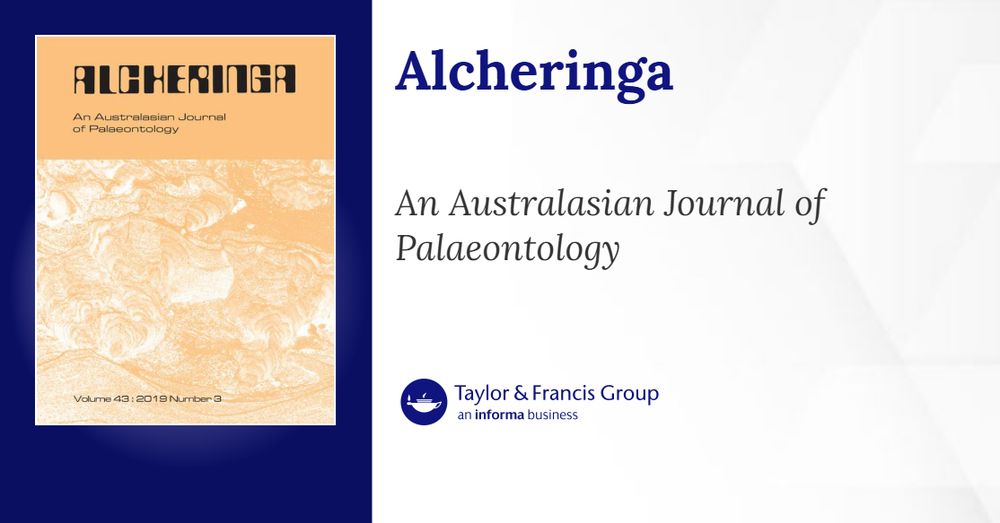
www.tandfonline.com/doi/full/10....
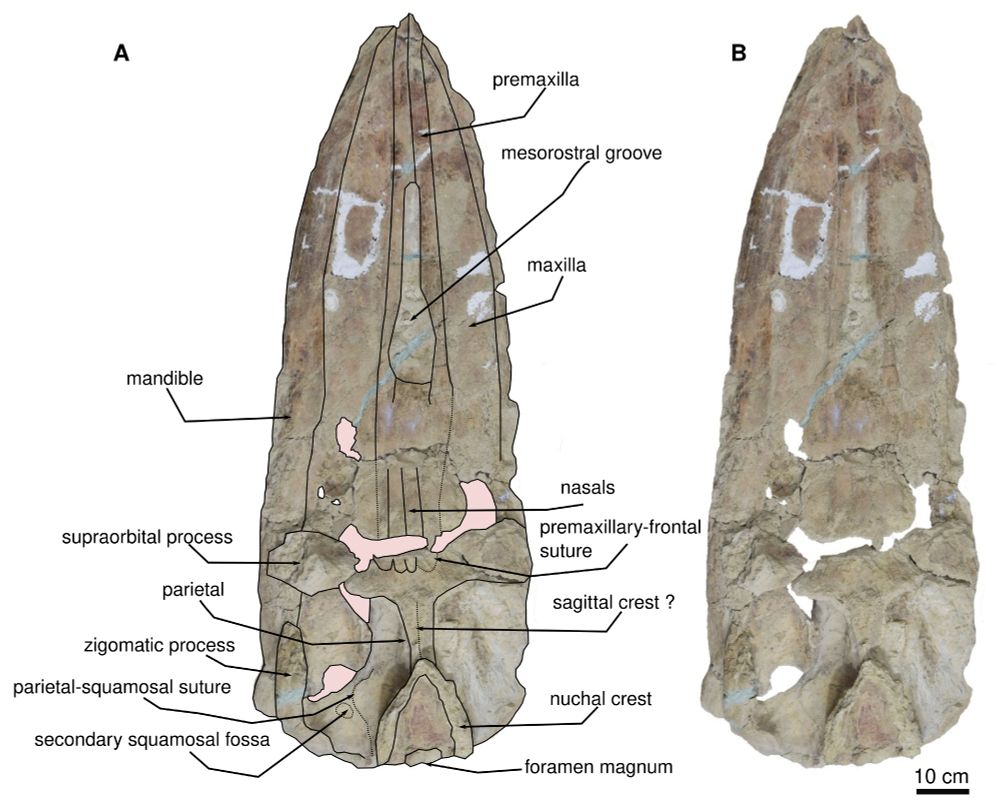
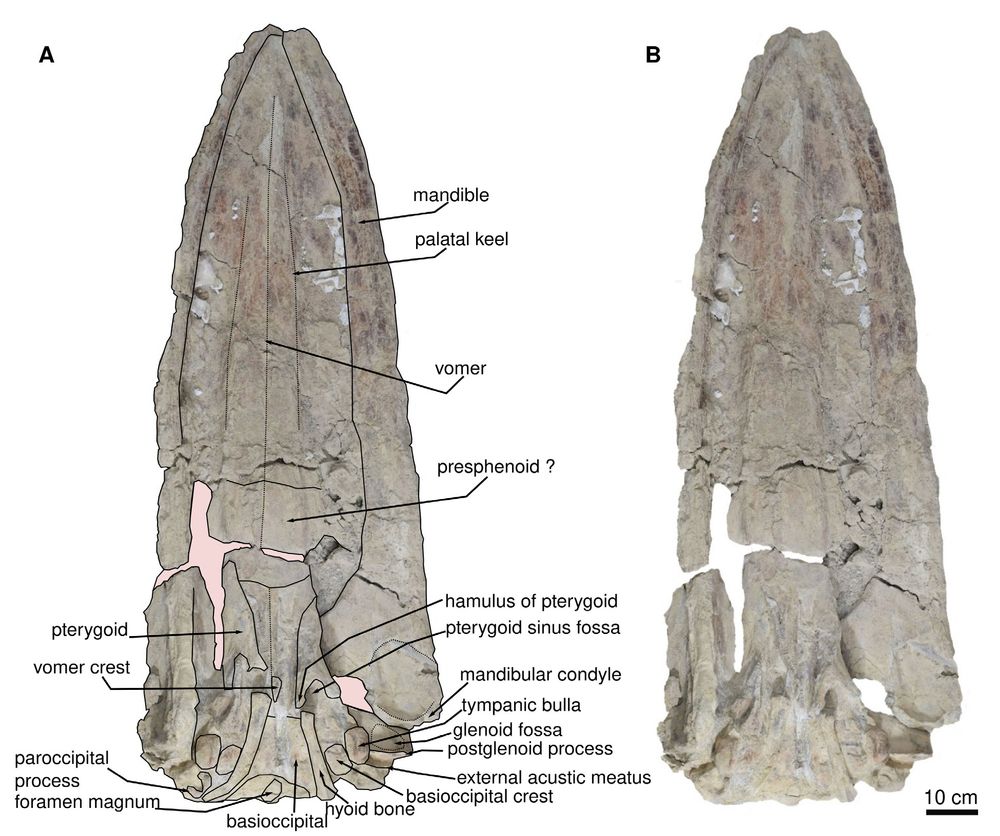
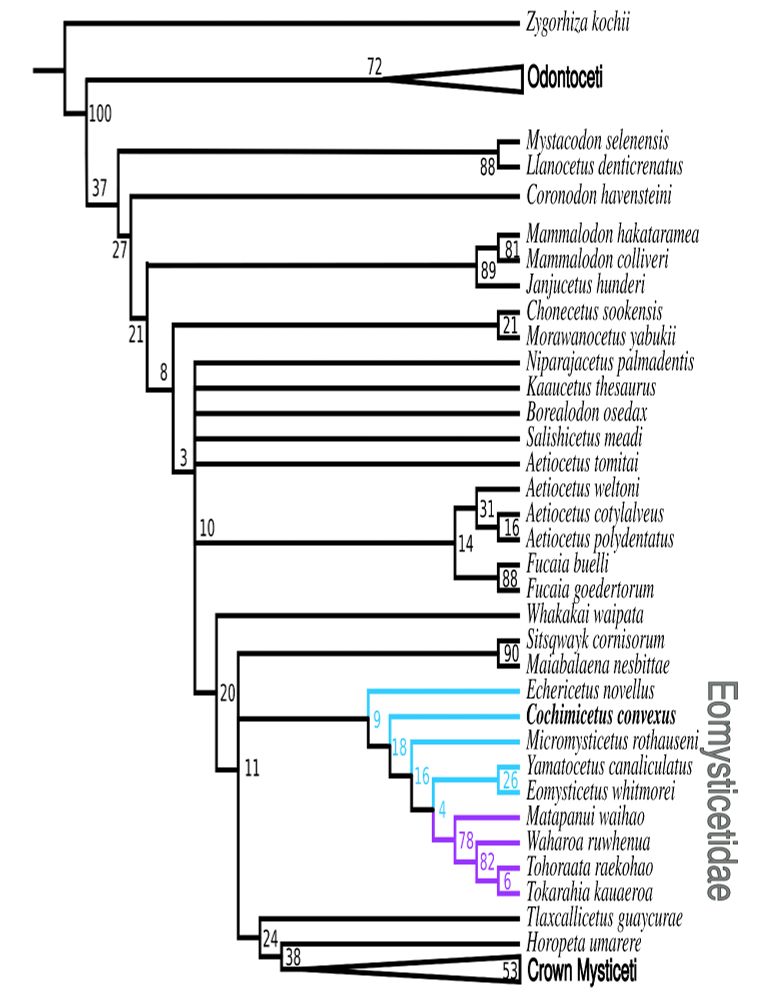
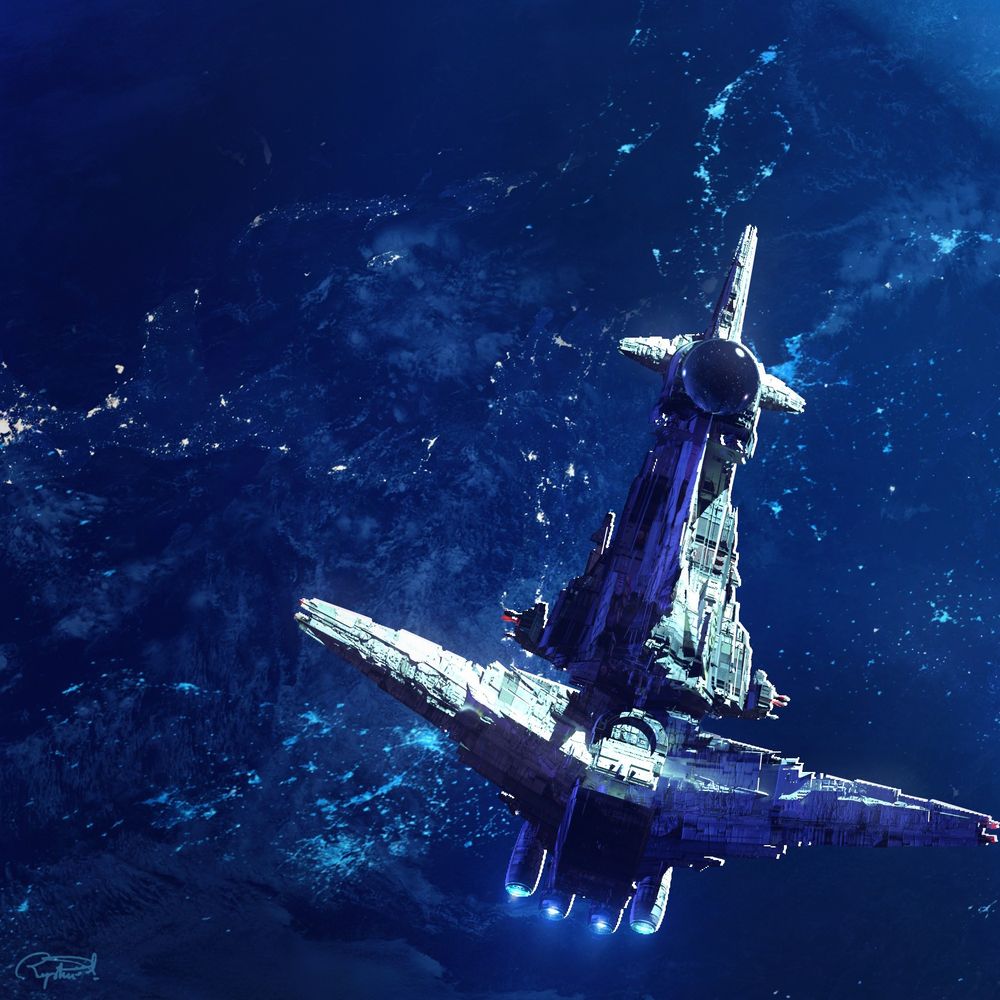
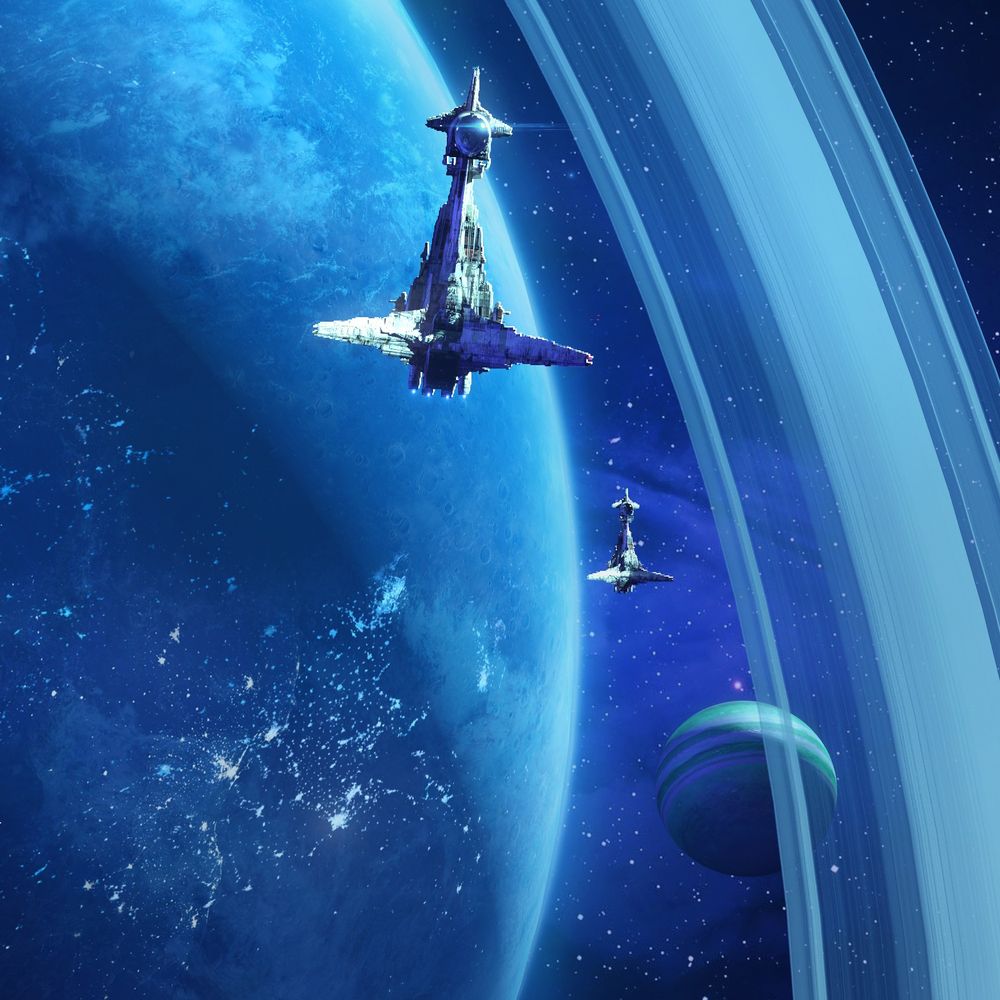
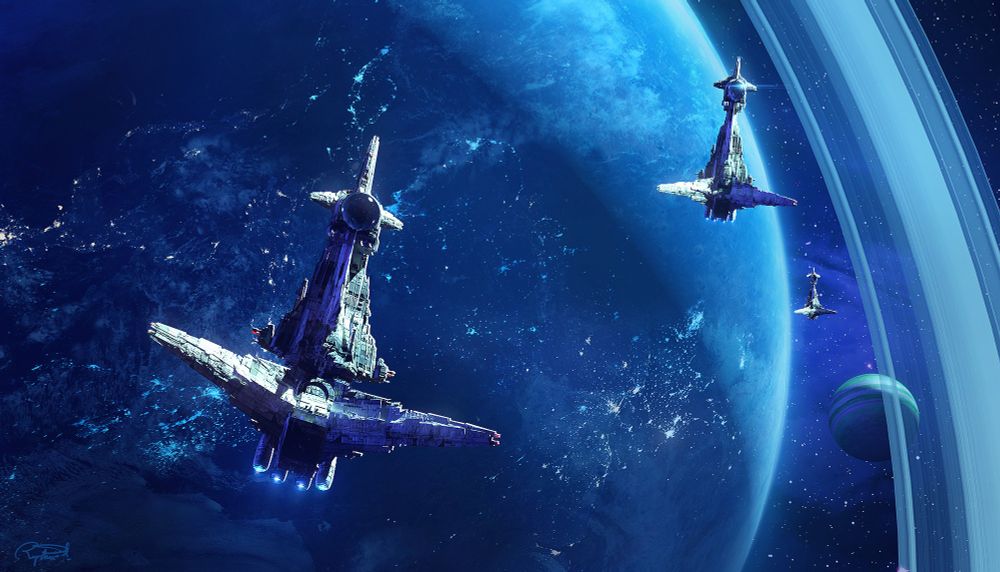
onlinelibrary.wiley.com/doi/10.1111/...
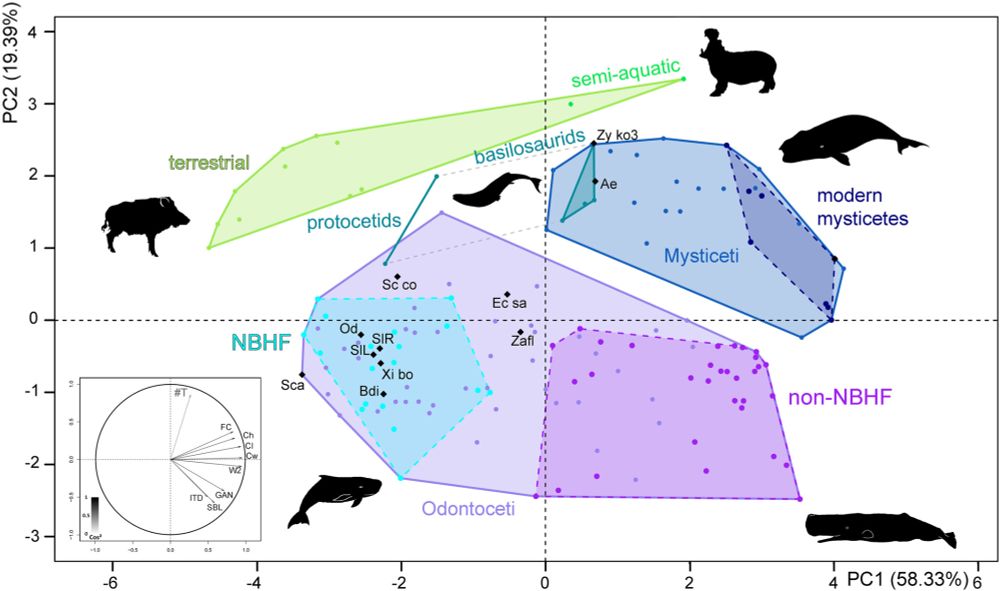
onlinelibrary.wiley.com/doi/10.1111/...
doi.org/10.1016/j.cr...
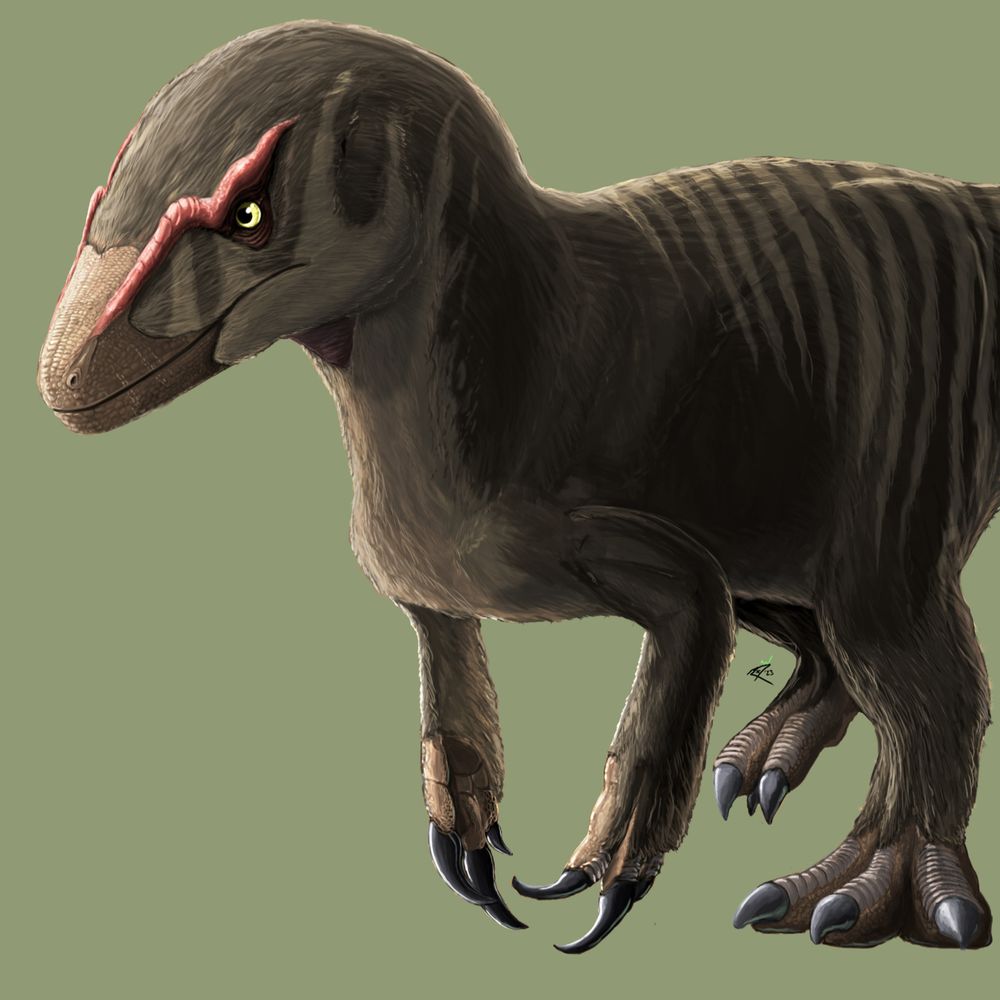
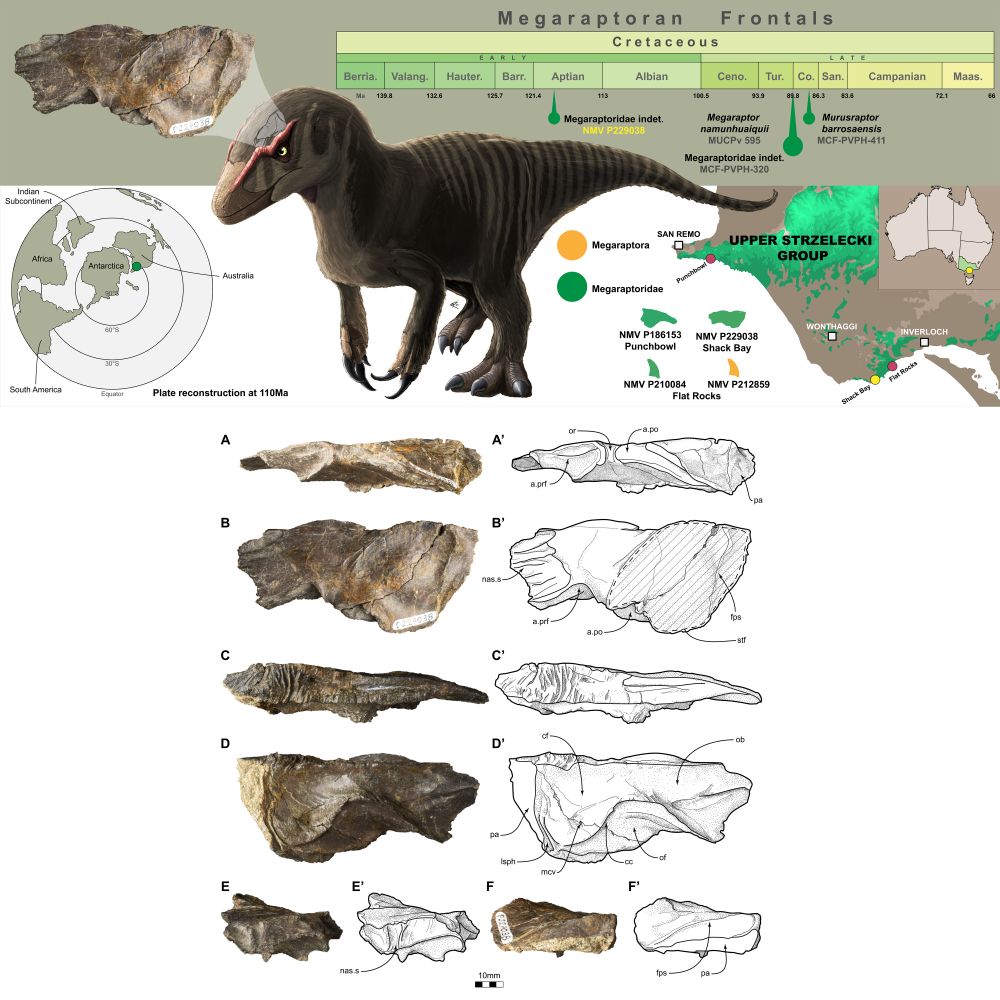
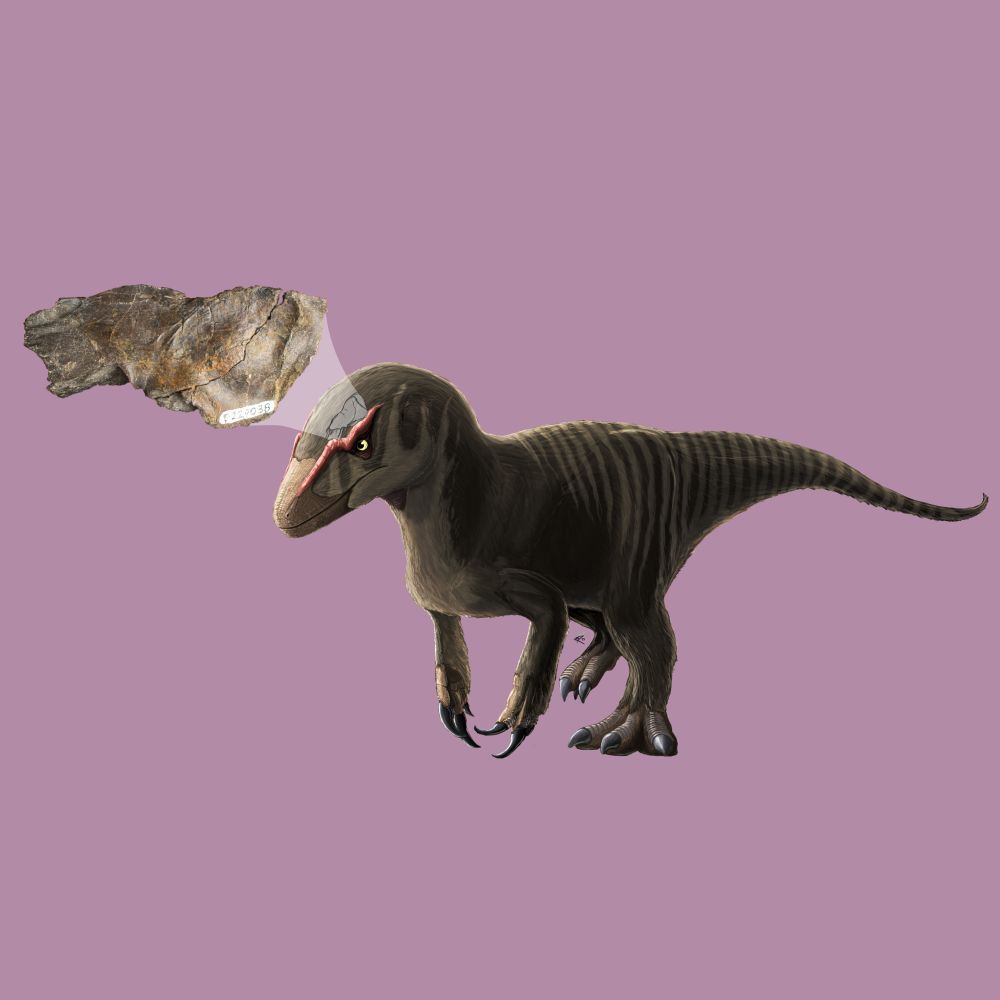
doi.org/10.1016/j.cr...
That means a giraffe is more closely related to a narwhal (58 MYA) than to a zebra (76 MYA).
(diagram by K. L. Mariott)

That means a giraffe is more closely related to a narwhal (58 MYA) than to a zebra (76 MYA).
(diagram by K. L. Mariott)
Leopard seal reproduction is mostly unknown. This note from a Monash Uni dissection discusses the importance of morphology in providing some clues.
Open access paper here:
doi.org/10.1111/mms....
Leopard seal reproduction is mostly unknown. This note from a Monash Uni dissection discusses the importance of morphology in providing some clues.
Open access paper here:
doi.org/10.1111/mms....
